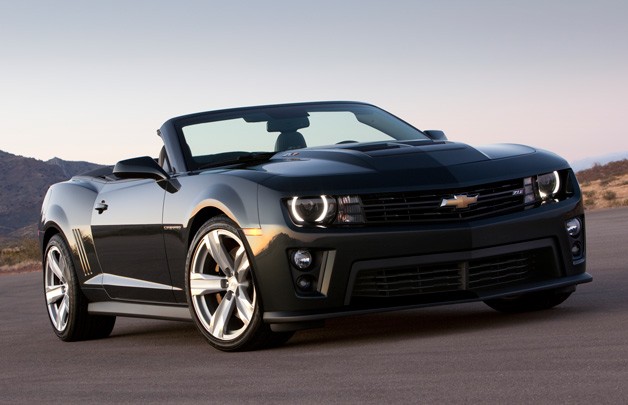Individual vanity mirrors for each passenger, privacy/sun visors in each rear window and a middle armrest complete with storage and cupholders ensure the most powerful of businessmen will find comfort in the 2013 BMW 740Li.And it turns out, so will young children. While installing a rear-facing BRITAX car seat in the 2013 BMW 740Li proved difficult (thanks to the recessed seat hooks and angled seat), once in place the large seat barely took up any room at all, and the front passenger seat wasn't affected at all. Brilliant.
The oh-so-smooth TwinPower turbocharged I6 powers the 2013 BMW 740Li, supplying the driver with 315 hp and 332 lb-ft of torque. For such a large, heavy car (nearly 2,000kg) it's just the right amount of power to keep the driver happy (and on all four wheels at all times thanks to xDrive) without upsetting the passenger in the back. Coupled with BMW's 8-speed automatic transmission, the 740Li is a comfortable cruiser with a need for speed (when asked).
Signature BMW headlights adorn the elongated, shapely nose. And the Armani-suit-like look continues straight through to the rear where symmetrical chrome bars offset BMW's L-shaped taillights perfectly above the rectangular dual exhaust housed in the masculine rear bumper.
All the prerequisite BMW bells and whistles are present: iDrive, lane-departure warning, front-crash warning, laser-guided cruise control, head-up display; as well as a few 7 Series specific touches such as the soft-close doors (which I absolutely adore) and the privacy shields all around.

















































